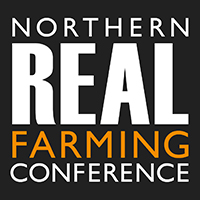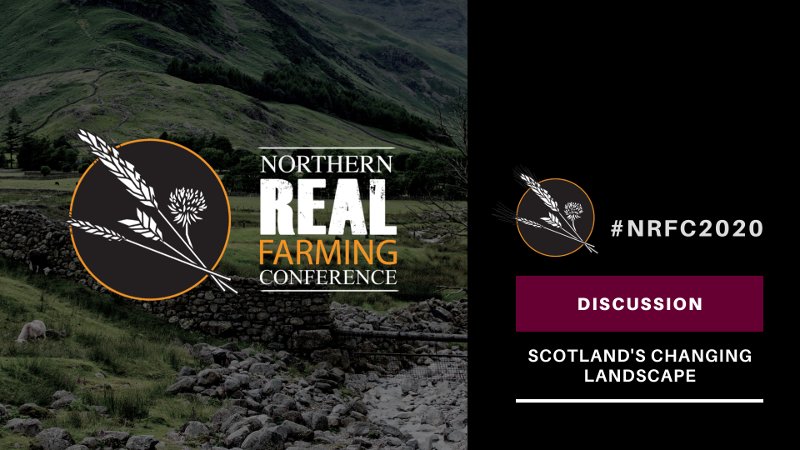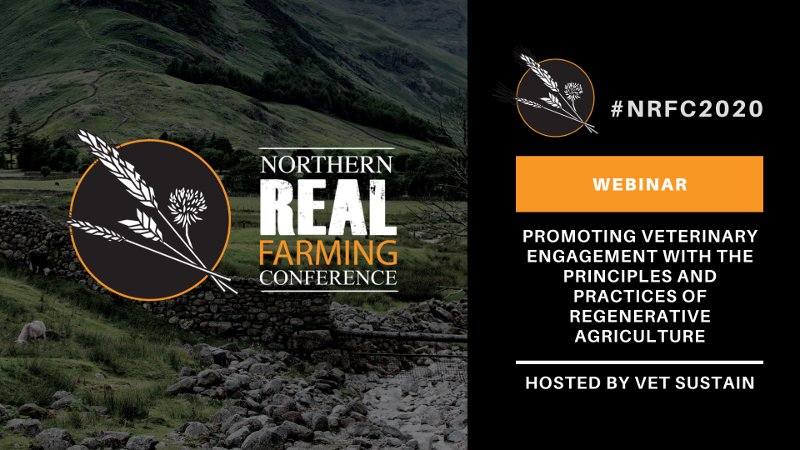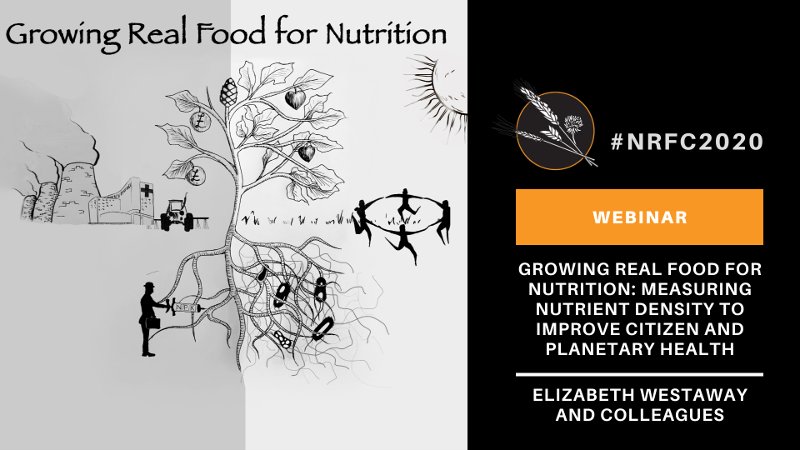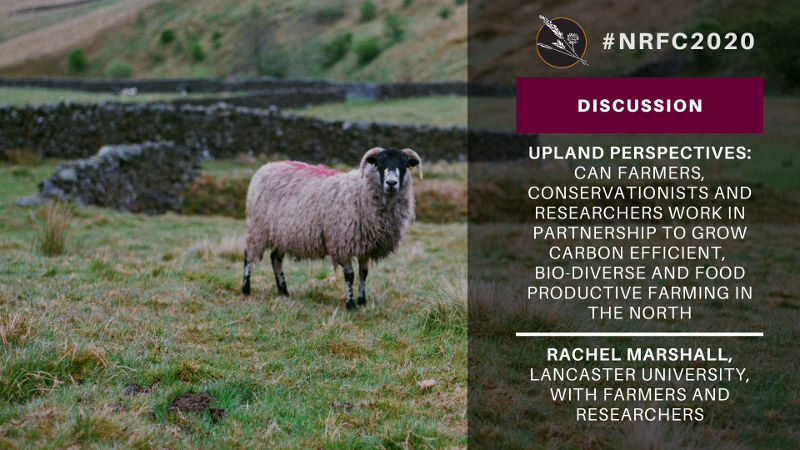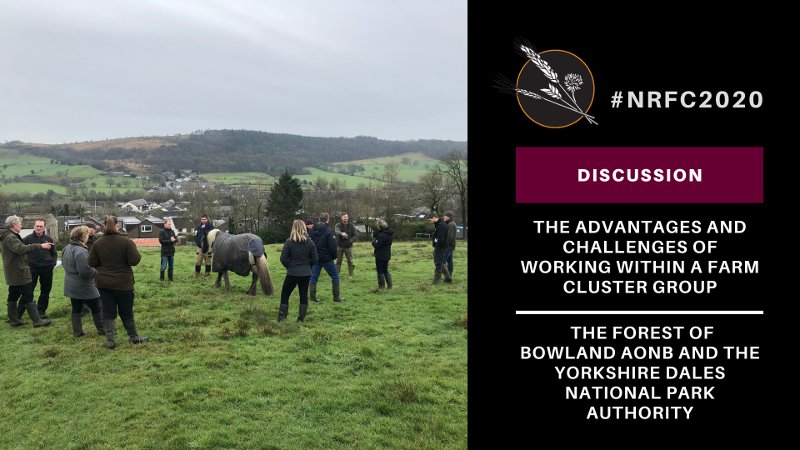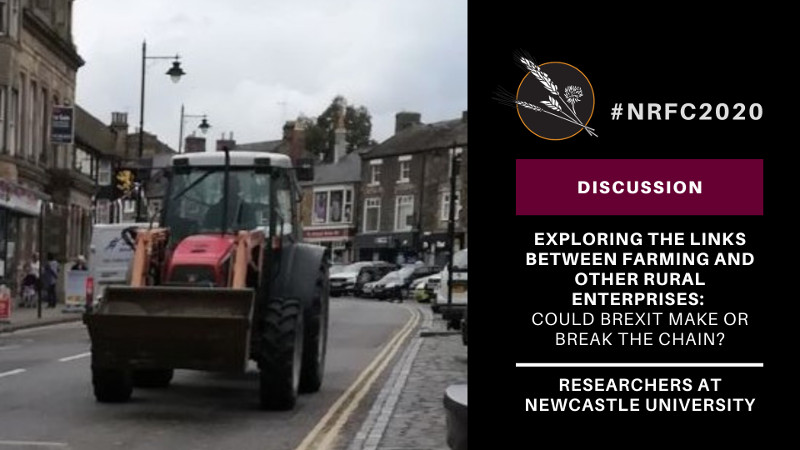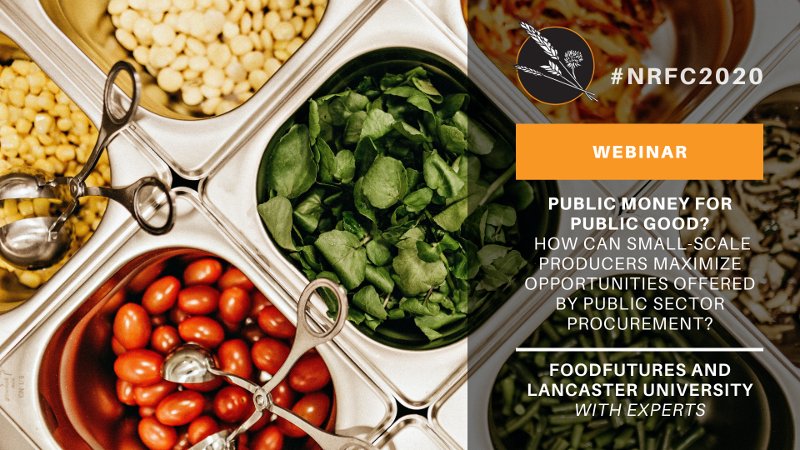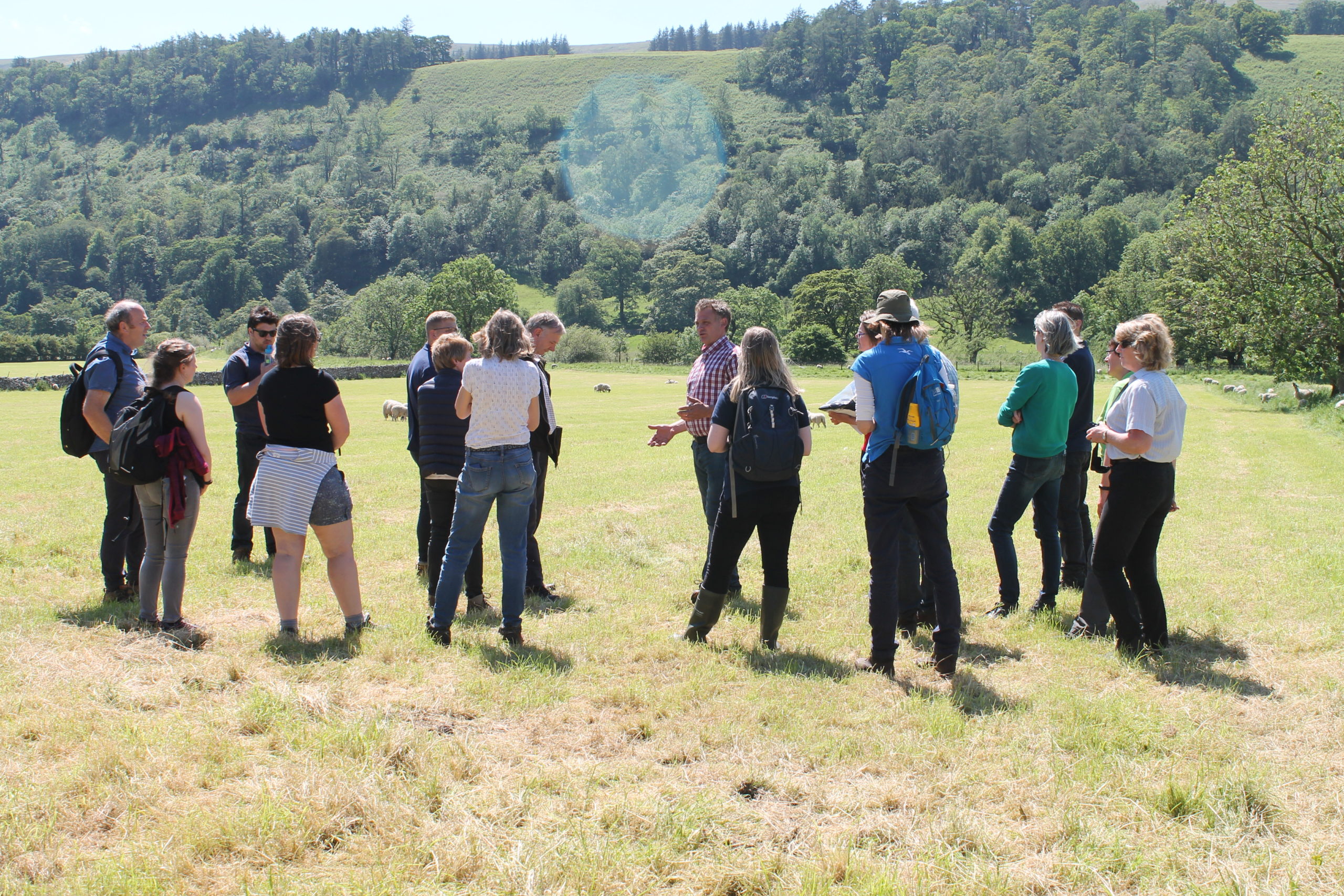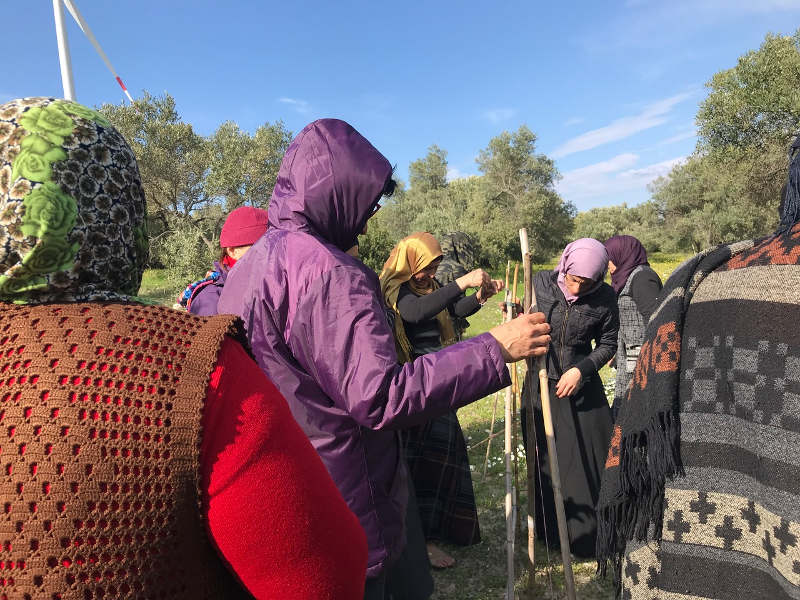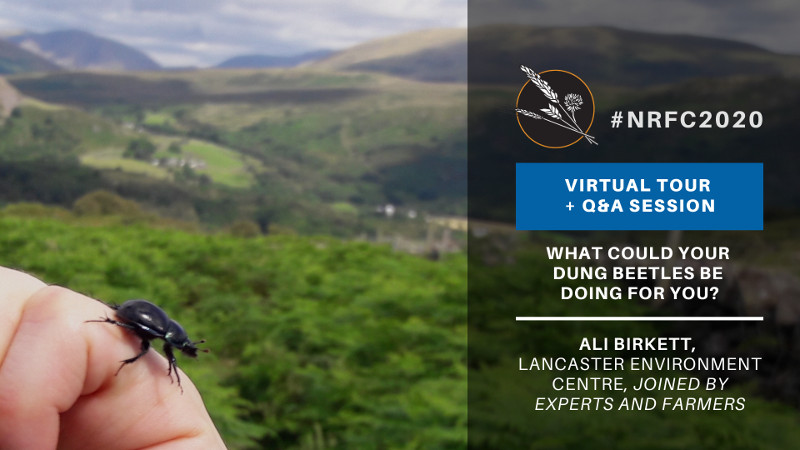Whether you’re a farmer or a conservationist (or both!), tensions abound in the rural – and particularly upland – landscape at the moment with multiple pressures on land use. In the context of a rapidly and radically changing economic and political landscape, we wanted to hold a space for land managers from all walks to voice their concerns about the changing landscape in Scotland.
The panel comprised of a conservation manager from a rewilding charity based near Loch Ness, in the heart of the Highlands; a forester-cum-farmer based on the southern edge of the Highlands; and a moorland conservation consultant and farmer in the Southern Uplands of Galloway. This diversity of perspectives from the panel, which was only enlargened by our wonderful and highly engaged participants, led to a well-rounded discussion that broached the issues of community empowerment in local land management, food and fibre production, ecosystem services and a lot more.
The central theme was around integrated land management, but not simply as a nice term to put in policy papers but as a practical approach that is being trialled on the ground in farms, woodlands, moors…wherever! Rewilding and agroforestry besides, particular interest was taken in the example of Galloway where huge changes are taking place at an unfathomable and largely irreversible rate. It served as an example of what happens when one policy (in this instance, Sitka spruce planting) overrides all others to the detriment of all stakeholders concerned in the short, medium and long term. One of the main takeaways seemed to be to look at what is happening in Galloway, really scrutinise the situation and try and learn the lessons before the mistakes are repeated elsewhere. As one panelist said, “It’s no surprise that the conversation opened more doors than it closed (did it close any?!).”
You will be able to watch the recording of the session here.
